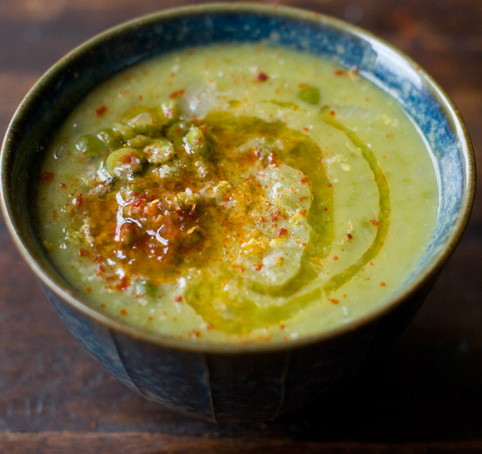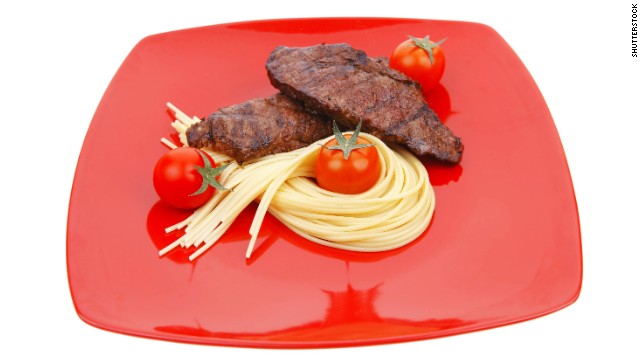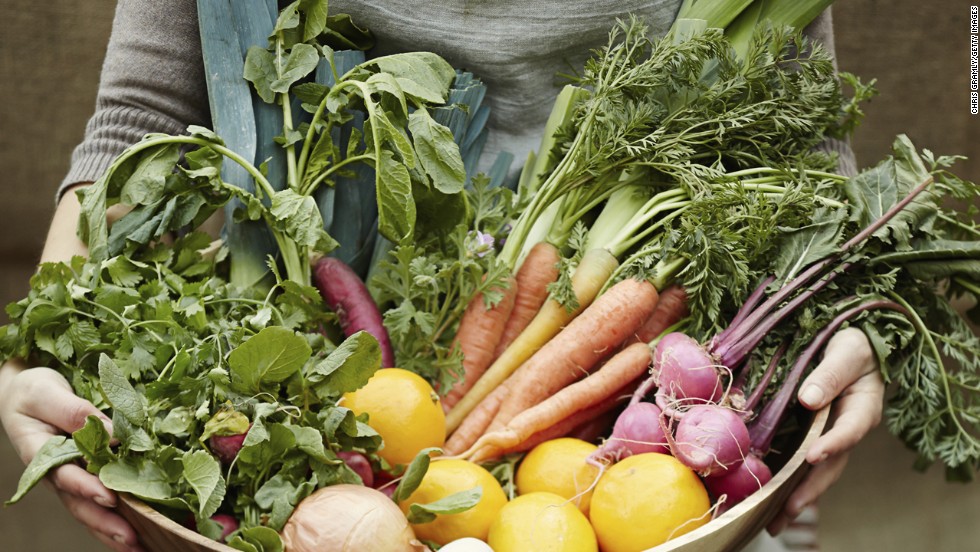
We’ve all been told to avoid red wine, dark berries, and black coffee in our quests for pearly whites, but what about foods that actually brighten your smile? Try these natural solutions for a brilliant beam
Strawberries
They may be bright red, but malic acid, a chief component of this summery fruit, acts as a natural astringent to remove surface tooth discoloration, says Dr. Irwin Smigel, president of the American Society for Dental Aesthetics. Fresh, juicy strawberries taste great in any meal—salads, desserts, cereal—and are widely available at farmers markets this time of year, so getting your daily dose is both simple and delicious
Seeds and nuts
Chewing these lightly abrasive, hard foods rubs plaque and stains off the surface of teeth, says Dr. Matthew Messina, a spokesperson for the American Dental Association. Pop a few almonds for a mid-afternoon snack—they’re full of protein, healthy fats, and the crunch you need to get pearly whites.
Onions
Although they may not be the ideal pre-date snack, the notoriously bad-for-breath alliums could be beneficial to teeth. Because they’re colorless, they won’t cause surface stains, says Messina, adding that after eating them you’re more likely to brush—which is a surefire way to get whiter teeth.
Apples
The loud crunch you hear when you bite into this hard fruit may be annoying, but it’s also good for your choppers. Apples’ crispiness strengthens gums, and their high water content increases saliva production, dispersing and neutralizing colonies of bacteria that lead to bad breath and plaque, says Smigel.
Baking soda
Take a toothpaste break and try brushing with this common ingredient. Baking soda is a base, like bleach, notes Messina, and the “soda”—which is actually a form of salt—in this pantry staple is a mild abrasive that works to scrub off plaque and surface stains.
Celery and carrots
The same high water content that makes these veggies great for your waistline and your health also helps them whiten your teeth by stimulating saliva production, which aids in washing away food debris and strengthening gums, according to Smigel.
Broccoli
Unlike beets and cranberries, this crunchy vegetable doesn’t stay stuck to teeth, so it won’t cause unsightly surface stains, says Messina. Throw some raw broccoli into your lunch—the florets will scrub the surface of teeth, giving them a brief and natural midday
Cheese
Hard cheese, like the little blocks you get on those delicious appetizer trays, is full of calcium, which strengthens teeth and gums, explains Smigel. Plus, most cheeses are near colorless, meaning they won’t stain your teeth. So go ahead, order that cheese plate.
Oranges
This bright fruit contains citrus, an acid that can wear away tooth enamel if ingested in large doses, making teeth whiter—but at a cost, says Messina. So while we don’t recommend gulping down bags of oranges in the spirit of a bright smile, a juicy helping once in a while is good for your pearly whites, and thanks to loads of vitamin C, your overall health too.
Water
Drink lots of water to keep your mouth hydrated and your smile bright, advises Smigel, who recommends sipping and swishing between glasses of wine and when eating dark, pigmented foods to prevent staining. However, while water reduces the acidity in your mouth and the resulting damage to your enamel, Dr. Smigel warns against imbibing too much
Pears
Smigel recommends munching on a pear to neutralize pesky odor-causing and staining bacteria colonies on teeth. Increased saliva production brought on by this sweet, delicious fruit also washes away food debris, leaving teeth clean and sparkling.
Source: yahoo shopping











 Prep Time: 10 minutes
Prep Time: 10 minutes